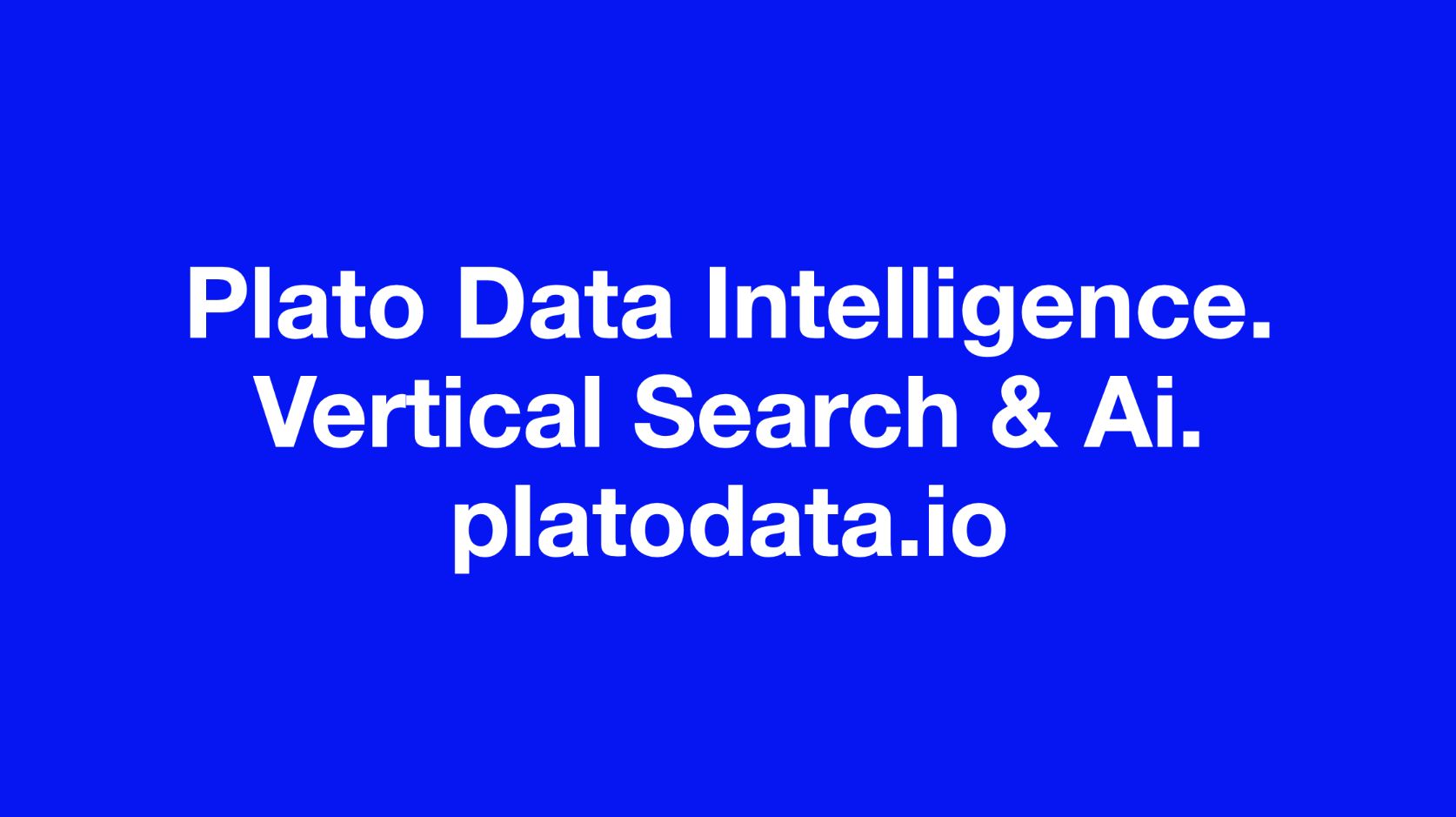The Unique Capabilities of Hyperscale Vendors Required for Meeting the Demands of Massive IoT
The Internet of Things (IoT) has revolutionized the way we interact with technology. From smart homes to connected cars, IoT devices have become an integral part of our daily lives. As the number of IoT devices continues to grow exponentially, the need for hyperscale vendors to meet the demands of massive IoT becomes crucial.
Hyperscale vendors are companies that provide cloud computing services on a massive scale. They have the infrastructure and resources to handle the enormous amount of data generated by IoT devices. These vendors offer unique capabilities that are essential for meeting the demands of massive IoT.
One of the key capabilities of hyperscale vendors is their ability to handle massive amounts of data. With billions of IoT devices generating data every second, traditional data centers simply cannot keep up. Hyperscale vendors have built data centers that can handle petabytes and even exabytes of data. They have the infrastructure in place to store, process, and analyze this vast amount of information in real-time.
Another crucial capability of hyperscale vendors is their ability to scale rapidly. As the number of IoT devices continues to grow, the demand for computing resources also increases. Hyperscale vendors have designed their infrastructure to be highly scalable, allowing them to add more servers and storage capacity as needed. This scalability ensures that they can handle the ever-increasing demands of massive IoT without any performance degradation.
Furthermore, hyperscale vendors have invested heavily in advanced analytics and machine learning capabilities. This allows them to extract valuable insights from the massive amount of IoT data. By analyzing patterns and trends, they can provide actionable intelligence to businesses and individuals. For example, they can help optimize energy consumption in smart buildings or predict maintenance needs in industrial equipment. These advanced analytics capabilities are essential for making sense of the vast amount of data generated by IoT devices.
Security is another critical capability offered by hyperscale vendors. With the proliferation of IoT devices, the risk of cyber-attacks and data breaches has increased significantly. Hyperscale vendors have implemented robust security measures to protect the data transmitted and stored by IoT devices. They employ advanced encryption techniques, multi-factor authentication, and continuous monitoring to ensure the integrity and confidentiality of the data. Their expertise in security is crucial for safeguarding the massive amount of sensitive information generated by IoT devices.
Lastly, hyperscale vendors have a global presence and extensive network connectivity. This allows them to provide low-latency and high-bandwidth connections to IoT devices across the globe. With IoT devices often requiring real-time communication and quick response times, this global reach is essential. Hyperscale vendors can ensure that data is transmitted quickly and reliably, regardless of the device’s location.
In conclusion, the unique capabilities of hyperscale vendors are essential for meeting the demands of massive IoT. Their ability to handle massive amounts of data, scale rapidly, provide advanced analytics, ensure security, and offer global connectivity sets them apart from traditional data centers. As the IoT ecosystem continues to expand, hyperscale vendors will play a crucial role in enabling the seamless integration and operation of billions of IoT devices.
- SEO Powered Content & PR Distribution. Get Amplified Today.
- PlatoData.Network Vertical Generative Ai. Empower Yourself. Access Here.
- PlatoAiStream. Web3 Intelligence. Knowledge Amplified. Access Here.
- PlatoESG. Automotive / EVs, Carbon, CleanTech, Energy, Environment, Solar, Waste Management. Access Here.
- BlockOffsets. Modernizing Environmental Offset Ownership. Access Here.
- Source: Plato Data Intelligence.


How ‘Dune’ Became a Beacon for the Fledgling Environmental Movement—and a Rallying Cry for the New Science of Ecology
Dune, widely considered one of the best sci-fi novels of all time, continues to influence how writers, artists, and inventors...